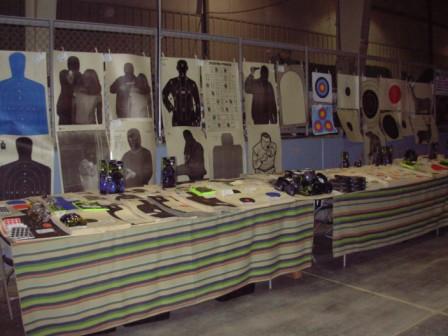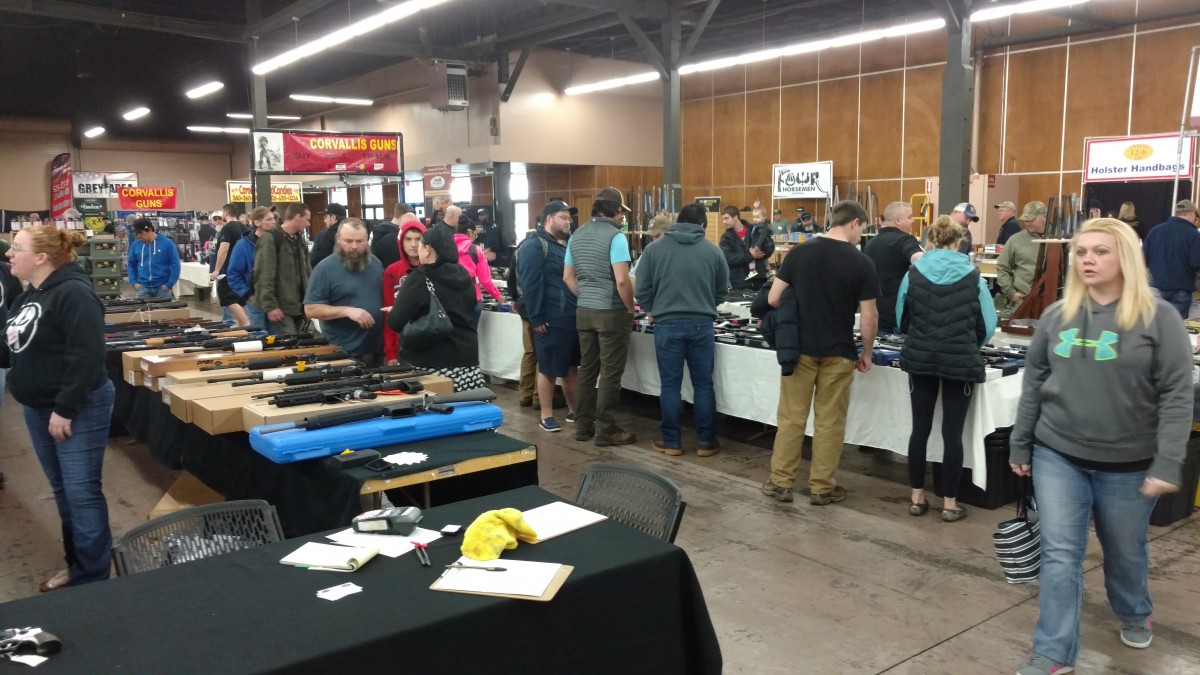

The remaining assembly center, where 3,676 Japanese Americans from Oregon and southwest Washington were eventually held, was the Pacific International Livestock Exposition Center, now known as the Portland Expo Center.Īt the Yellow Line's last station, Expo Center, the train comes to a rest against a large backstop. One was in Puyallup, Washington, and another in Arizona. Of the fifteen centers, twelve were in California.

The complexes were large enough to house thousands of people and flexible enough to change functions quickly.

These temporary detention centers were mostly repurposed facilities like racetracks and fairgrounds. Officials of the Wartime Civil Control Administration, a branch of the Western Defense Command, ordered people to report to fifteen “assembly centers” along the West Coast. Nevertheless, by the end of March, DeWitt had begun to forcibly remove about 120,000 Japanese Americans from their homes and businesses. Lack of contacts outside the exclusion zone, frozen bank accounts, and hostility from inland communities contributed to west coast Japanese Americans' reluctance-and in many cases, inability-to move.īetween 19, no person of Japanese ancestry was ever charged with spying. An initial voluntary evacuation had relatively little effect. With its new powers, the US military ordered all people of Japanese ancestry, citizens or otherwise, excluded from Military Area 1. The remainder of those western states comprised Area 2. Both were massive: Area 1 included the entire West Coast-Washington, Oregon, and California-from the Pacific Ocean inland to approximately the eastern side of the Cascades mountain range, as well as the southern half of Arizona. DeWitt, head of the Western Defense Command, issued Public Proclamation No.

In practice, the order signaled a large-scale, interstate program that relocated and imprisoned Japanese Americans. The order is abstract: any location, any size, any restrictions. Within that area, the normal rights of American citizens would no longer apply.Įxecutive Order 9066 does not specifically mention people of Japanese or any other particular background. Within that area, the military could force you to stay or force you to leave. In other words, the president gave his military commanders the power to draw a line around any part of the country. In the order, the president authorized and directed the Secretary of War “to prescribe military areas in such places and of such extent as he may determine, from which any or all persons may be excluded, and with respect to which, the right of any person to enter, remain in, or leave shall be subject to whatever restrictions the Secretary of War may impose in his discretion.” The next day, the United States declared war against Japan. About two months earlier, the Imperial Japanese Navy had attacked Pearl Harbor. On February 19, 1942, President Franklin D. You just have to stay on until the end of the line. But first, there's another important stop. If you visit the Nikkei Center, you'll find a powerful permanent exhibit that begins to tell the story of how and why this part of Portland's identity changed. In Portland today, Japantown is no longer Japantown, except in the memories of some citizens and in the records preserved in the archives of the Oregon Nikkei Legacy Center, just steps from the tracks. Some of Old Town's blocks were once Portland's Japantown, though passengers on this MAX train won't see much sign of that history as they ride through. The next few stops are in Old Town, a National Historic Landmark district that also contains blocks Portlanders have known for decades as Chinatown. The train moves north through downtown Portland, crossing West Burnside Street. Its destination is no longer Portland City Center, but the Expo Center-across the Willamette River and along Interstate 5 through North Portland to the far northern edge of the city, nearly all the way to the Columbia River. Just like that, the Orange Line train has become a Yellow Line train. As the train continues north along the transit mall through downtown, the sign in the window of the train changes, as well as the color of the square displayed on the front. From May to September 1942, this site housed the Portland Assembly Center, where Japanese Americans from Oregon and Washington were held while the Minidoka War Relocation Center in Idaho was completed.Īn Orange Line MAX light-rail train leaves the station at Portland State University. All federal, state and local firearm ordinances and laws must be obeyed.ħ96 W.The Swift stockyards in March 1951. This Eugene gun show is held at Lane County Event Center and hosted by Collectors West.


 0 kommentar(er)
0 kommentar(er)
